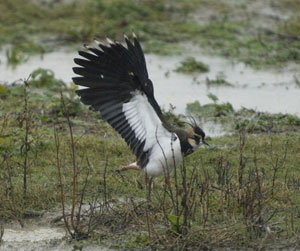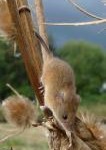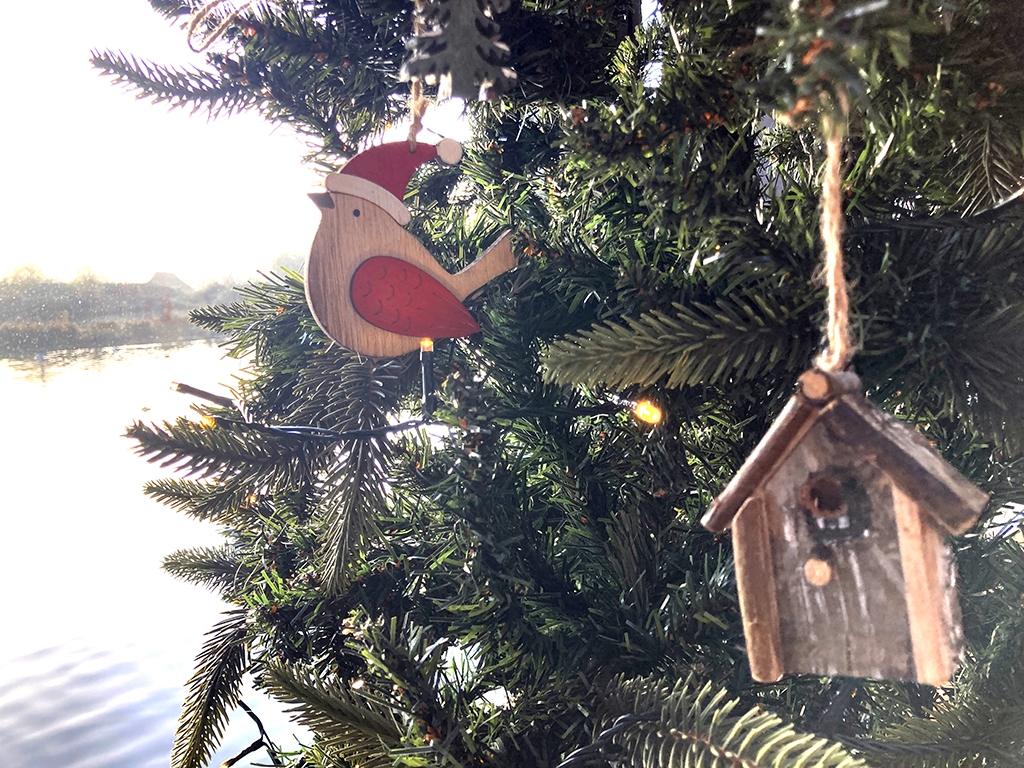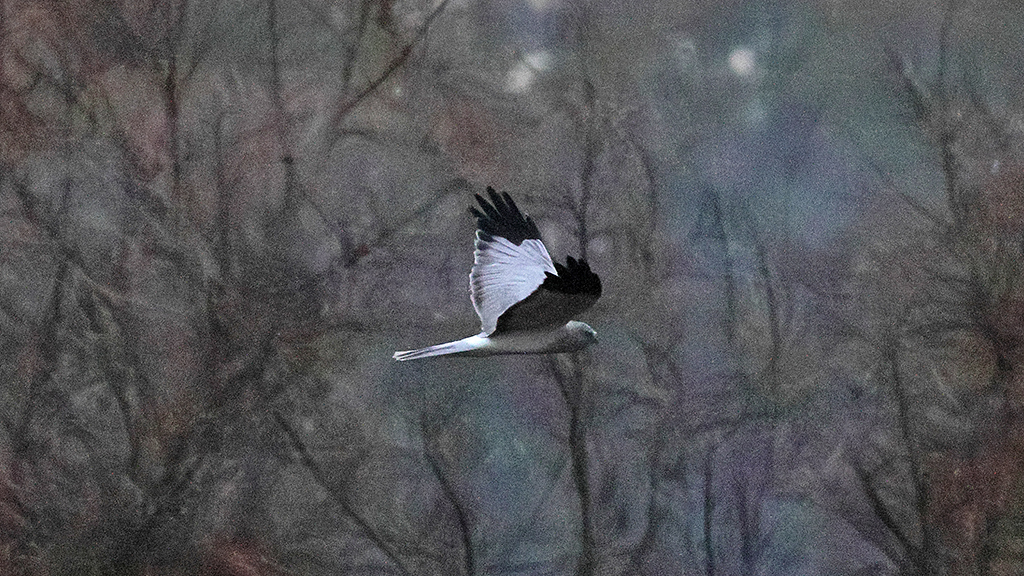Winging in the rain
Wildlife Sightings column Jan 24, 2012 by Paul Stevens. (appearing Feb 02, 2012)
Read Paul's column every week in the Chichester Observer, Bognore Regis Observer and Midhurst & Petworth Observer.
Arriving to work at Arundel Wetland Centre this morning I was greeted by a choir of song thrush, robins, great tits and dunnocks. This dawn chorus made me optimistic about my walk today but now a constant rain beats down on the reserve and as I make my way to the Ramsar hide, the sky and my mood are much greyer. A bedraggled pheasant shelters under a tree. She has no natural oils to waterproof her feathers. The bare branches in the hedgerow run with water, soaking the scraggy remains of an old nest near the trunk. A group of jackdaws try to steal grain from the Tundra pen feeder .

At the Ramsar hide my mood lifts when I see how the heavy rain has brought out the crowds. Eight lapwing are feeding on the grassland, scurrying in their amusing ‘run and stop’ fashion. A male lapwing struts near the water’s edge across from the hide, calling aggressively with his tail in the air. A few of the lapwing take short swooping flights at each other. These could be the start of territory skirmishes and spring pairing. Strangely I see a wing pointing straight up from the grassland, saluting the sky. My binoculars show that it’s a wood pigeon , showering in the downpour by allowing the rain underneath its wing.
Teal dabble in shallow pools forming on the saturated grassland. Invertebrates rise to the surface of the soggy ground, giving the ducks an easier meal. Three cormorants are fishing the waters, popping out onto the long island to re-oil their feathers by preening. A snipe is bathing at the water’s edge, flapping its wings in the water. There are 80 black headed gulls and ten common gulls sitting on the long island. Six shoveler, four shelducks and a scattering of gadwall dot the islands along with five more lapwing.
Nearing the Sand Martin hide I see another bullfinch flit across the path. The wide approach here with hedgerow on both sides is a bullfinch favourite. Outside the hide a pair of shoveler ducks sits on the gravel island to the right. A group of four tufted ducks are out on the water where five male teal whistle and display to court two females. The drakes dip the tip of their bills in the water then flick their heads back while cocking their tails.
At the Scrape hide there are 51 teal on the far side of the water. A head flick in the little bay behind the reed island alerts me to the presence of even more displaying teal. Two snipe sit on the small clump of scrub between the two reed-covered islands.

I duck into the Wetland Secrets plant house to avoid the rain. Inside this medieval-style thatched house many wetland herbs and plants are hanging from the rafters, perfuming the air with rich earthy scent. Bundles of teasel, reed and ivy sit drying in corners of the outer room. One bundle includes reed mace with seed heads that have been pilfered. I lift this bundle gently away from the wall. Movement! – a tiny harvest mouse climbs quickly up inside the reed bundle, away from its soft nest made from reed mace seed heads. Harvest mice are the smallest mouse in the UK. They are great climbers, with a prehensile tail that can grab onto the plants as they scramble through fields or brush.



